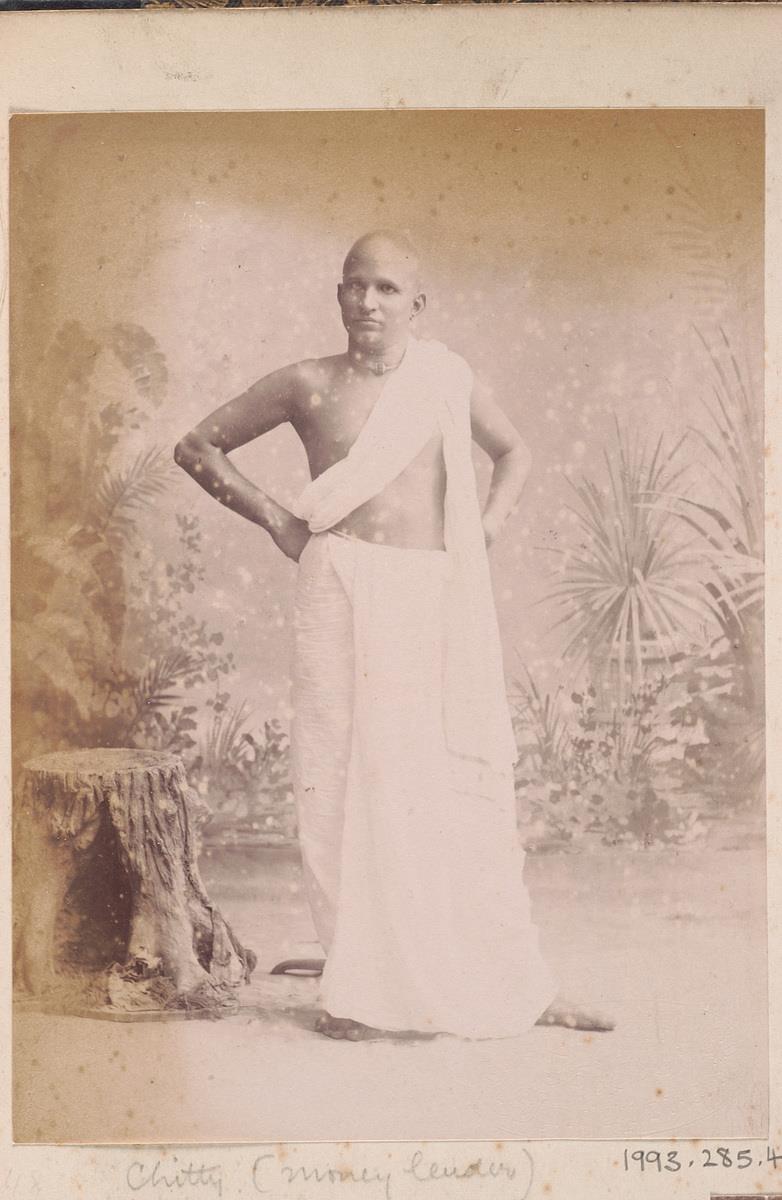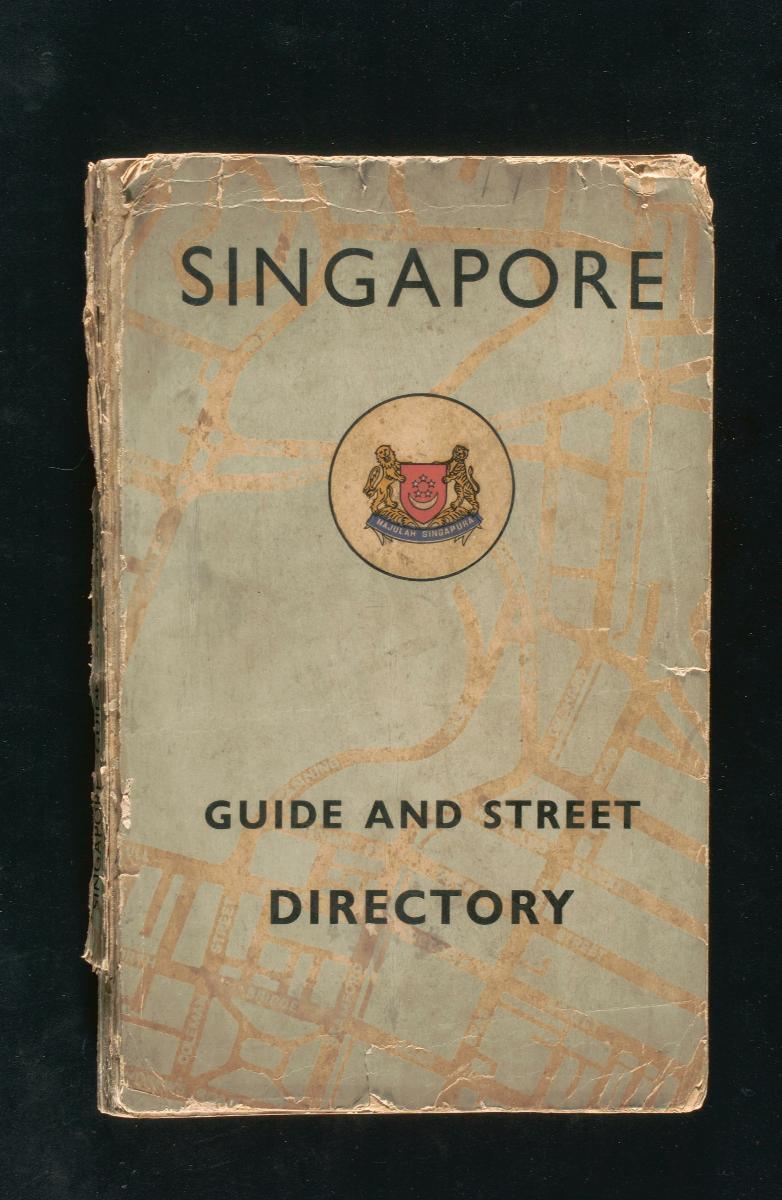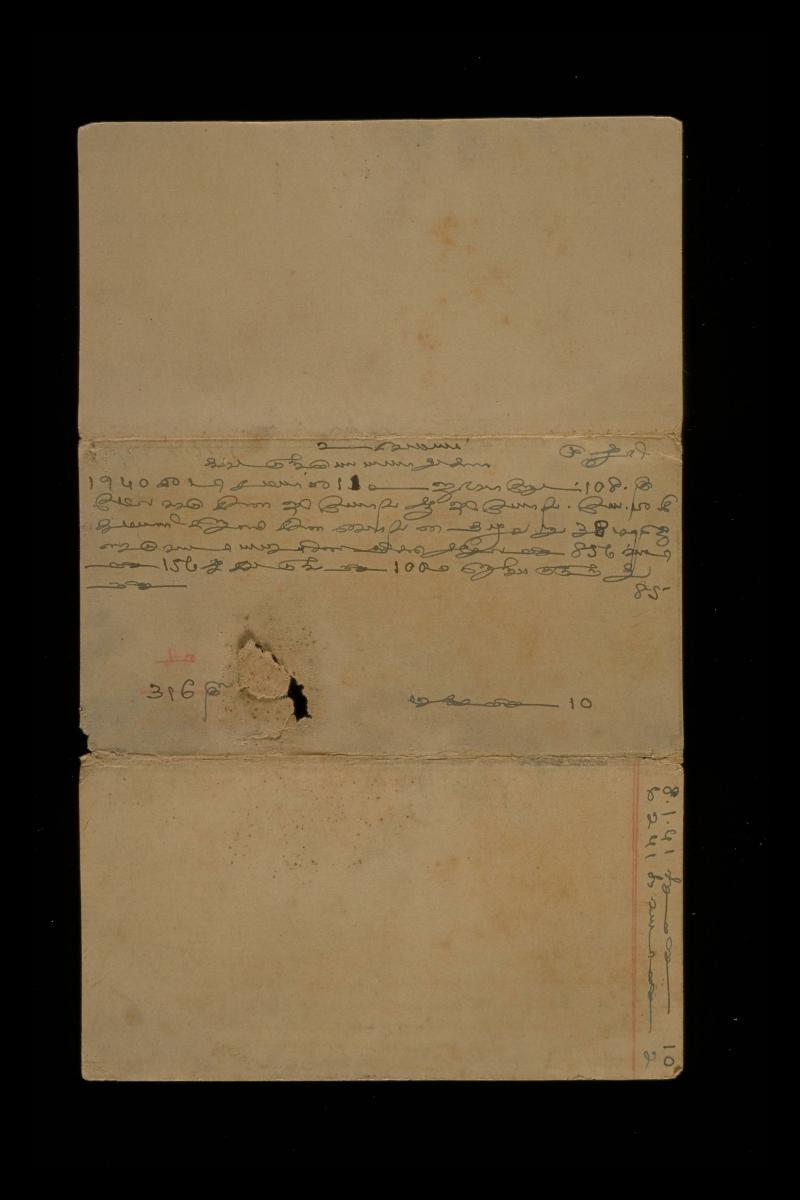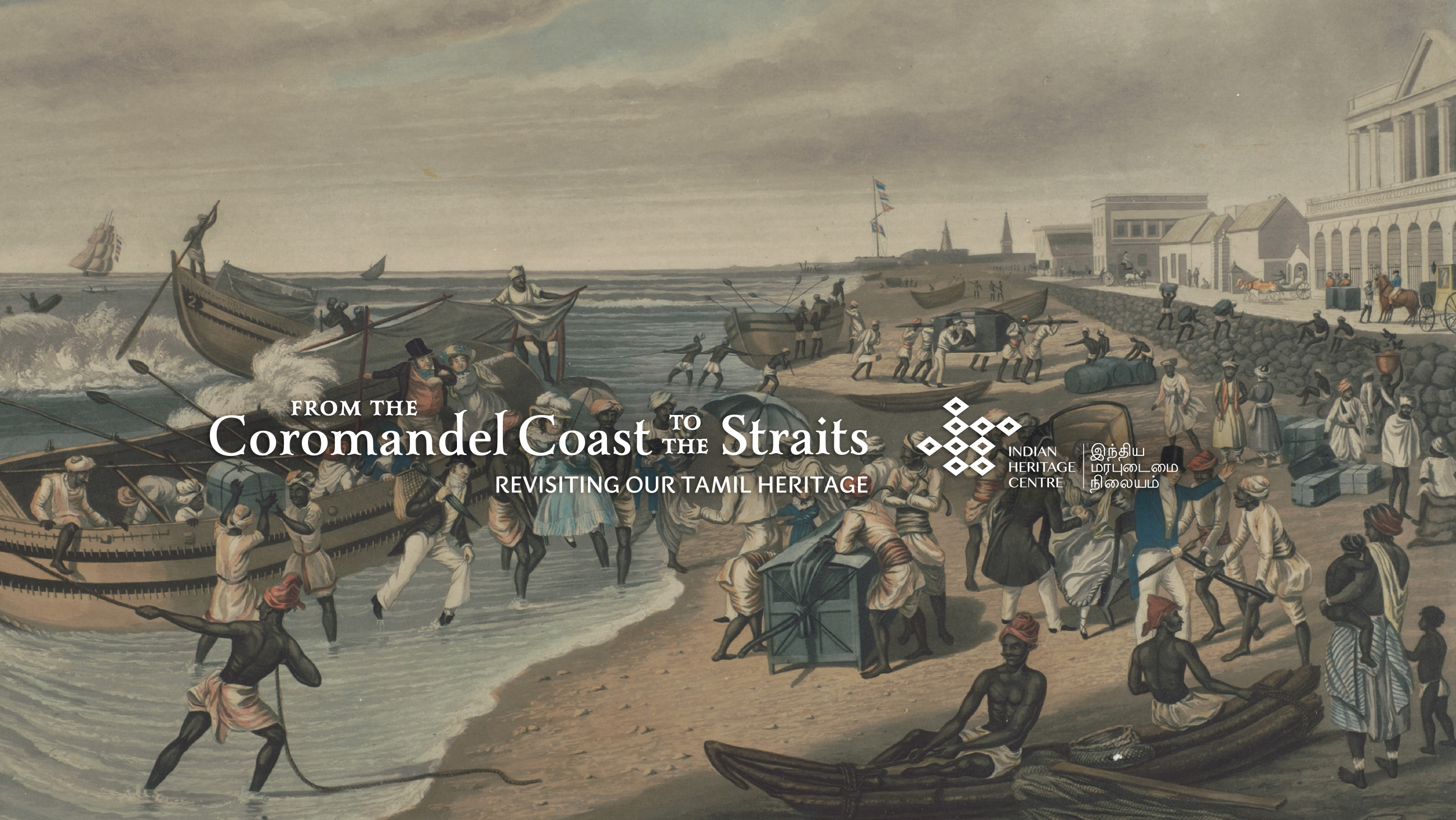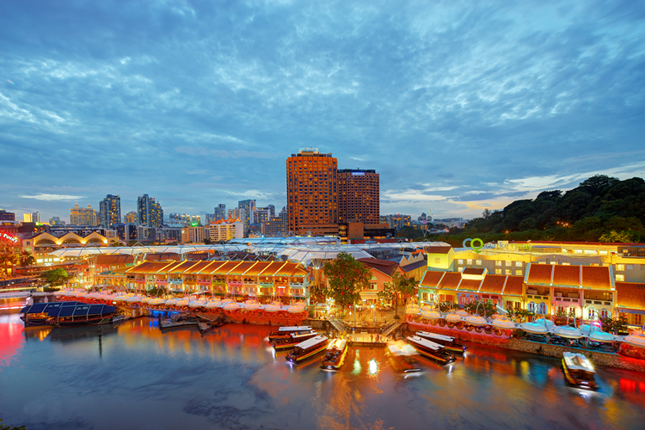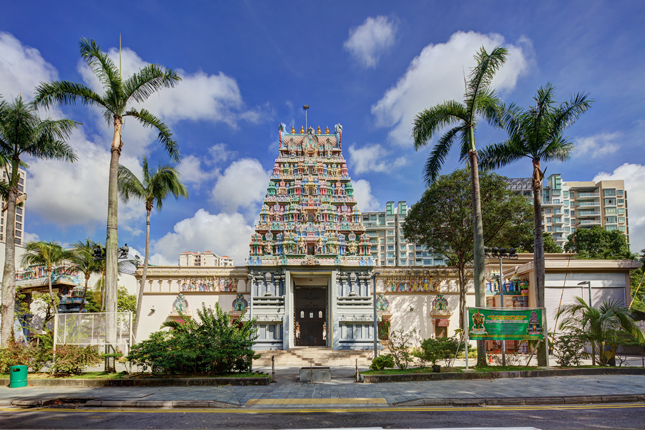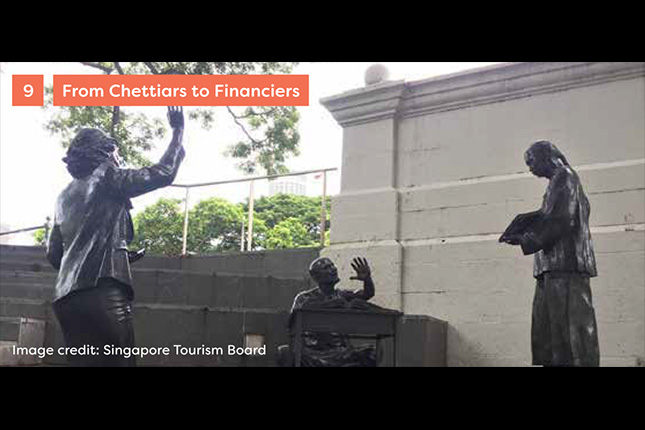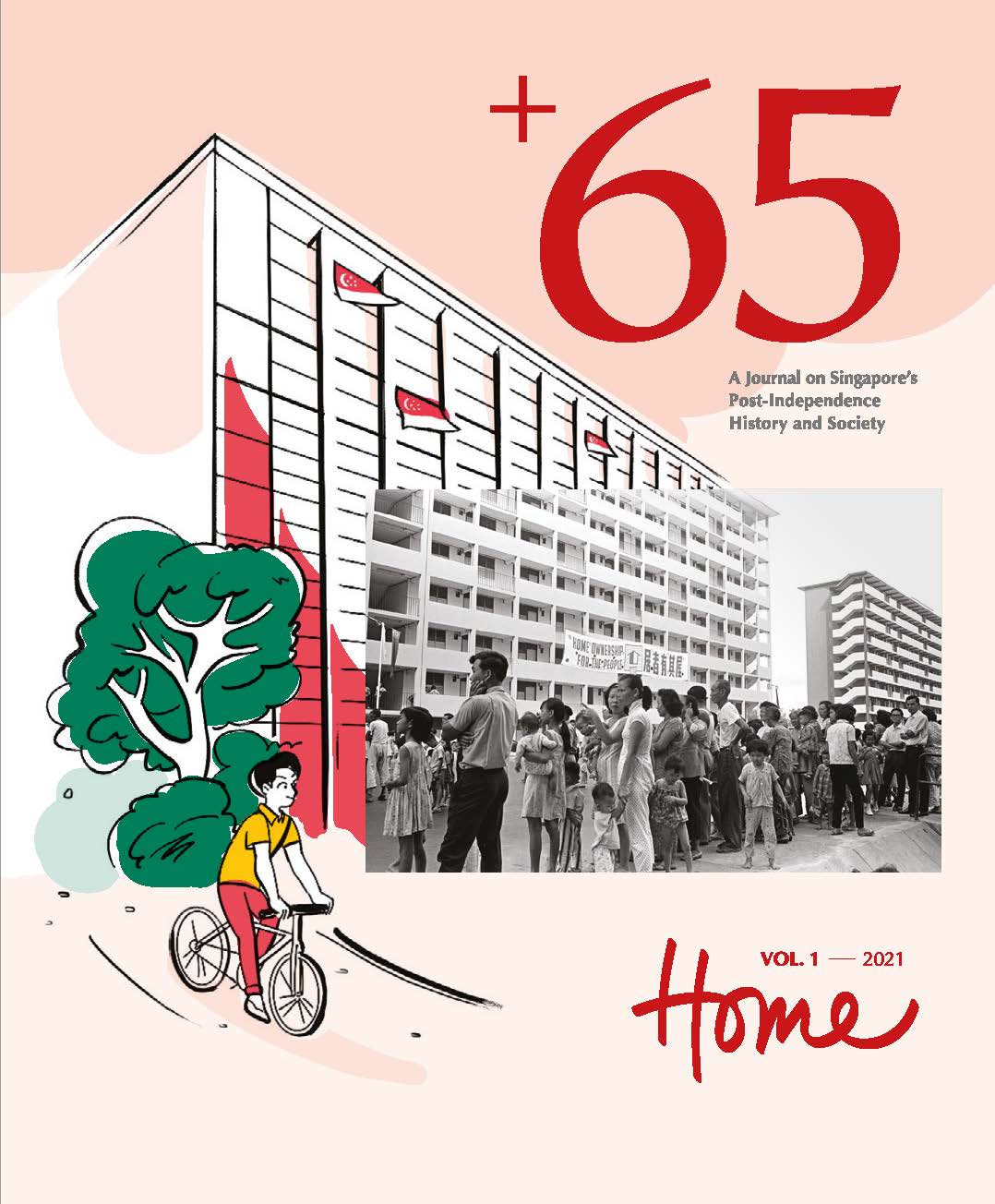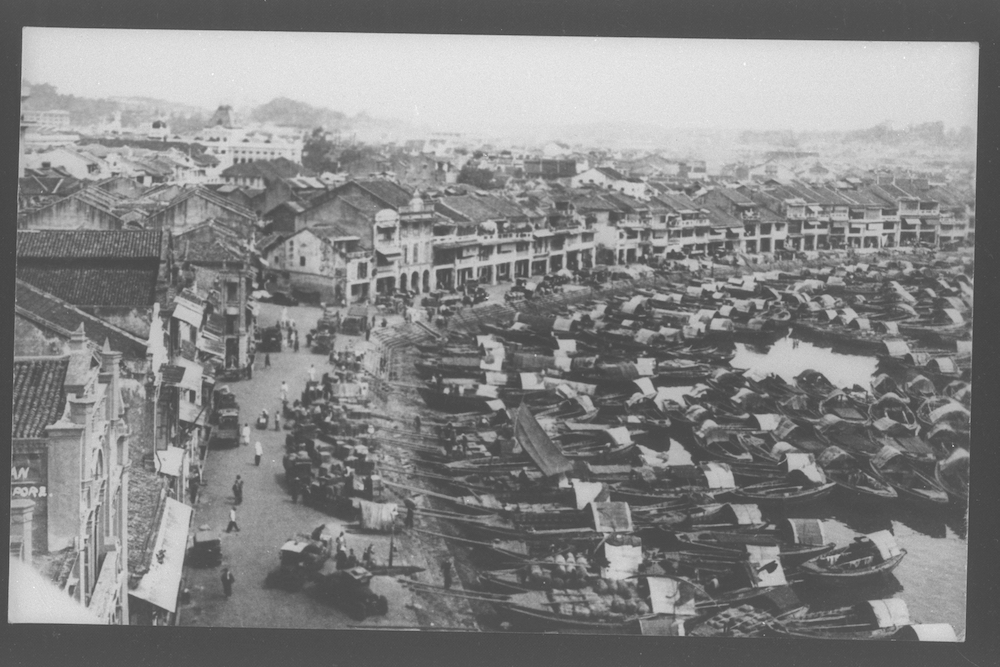The Chettiars are a subgroup of the Tamil community who originated from Chettinad in Tamil Nadu, India. Traditionally, the Chettiars were involved in the trade of precious stones, but later became private bankers and moneylenders, establishing their presence in Singapore as early as the 1820s.
Singapore’s first Chettiars were men who hailed from Chettinad, Tamil Nadu, to seek their fortunes. They were distinctively recognisable: usually shirtless, dressed simply in white dhotis and sporting vibuthi-smeared foreheads.
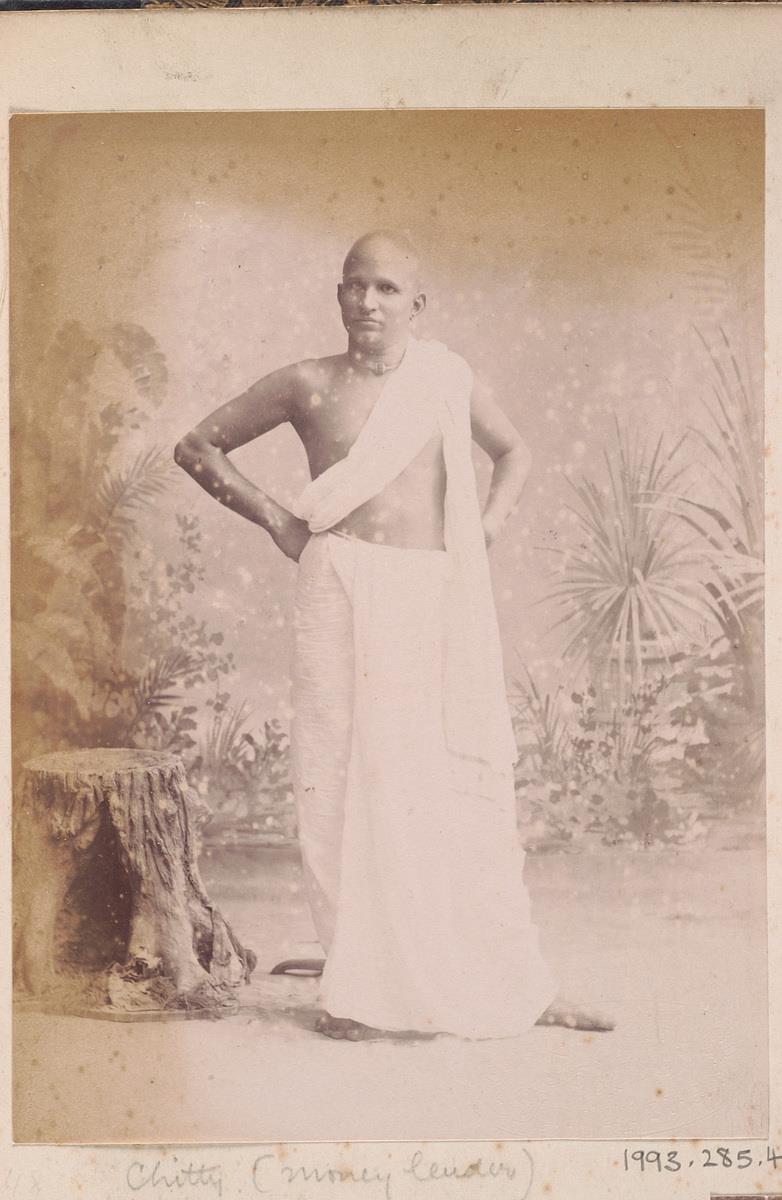
Collection of National Museum of Singapore.
The Chettiars adopted the concept of SOHOs (small office home office) long before the term was invented. When they arrived in Singapore in 1824, their kittangi – meaning “warehouse” in Tamil, served as both bank and bunk. By day, these financiers would be hunched over their desks, armed with their ledger. By night, they would push aside the furniture and roll out a mattress for lying down.
Mostly located in Market Street, in the city’s financial centre, the kittangi were shophouses from where the Chettiars ran their money-lending and banking businesses. Conversant in Tamil and Malay, they put their clientele of sundry merchants at ease.
Each Chettiar’s office was sparsely furnished and not partitioned. Their space was only a few square feet, simply marked by the presence of a low wooden desk, a cupboard and a safe. A cook provided meals and a caretaker looked after the kittangi.
During its heyday, Market Street had seven kittangis which housed some 300 to 400 Chettiar firms. As recently as the 1970s, when the Chettiars started to lose ground to homegrown banks, Market Street still had six kittangis as well as 30 to 40 Indian-owned businesses.
This was one of modern Singapore’s first Indian settlements, and the entire quarter vanished in 1977 when the area was redeveloped into the Golden Shoe Complex.
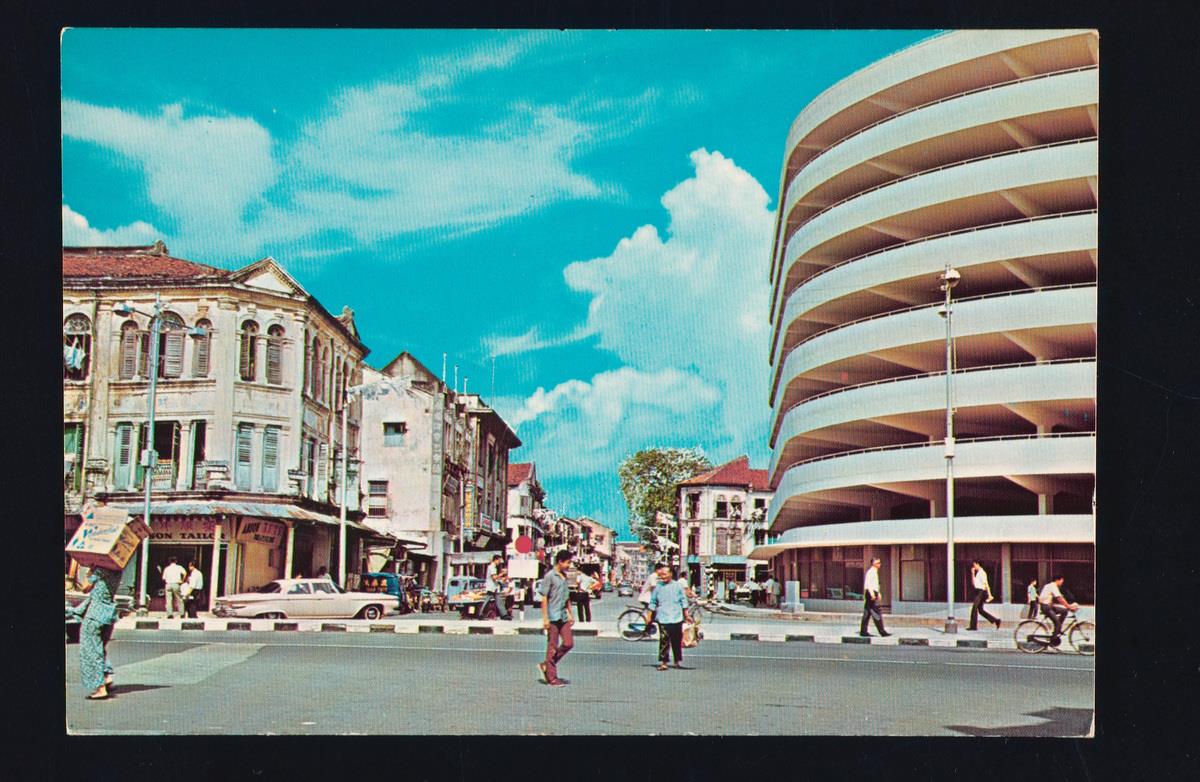
Collection of National Museum of Singapore.
Indian Migrants
Did you know that some of the very first professions taken on by early Indian immigrants were security enforcement? The first Indians to set foot in Singapore were soldiers from Bengal, and the police constabulary was dominated by Tamils and Sikhs for decades.
Sir Stamford Raffles and Major William Farquhar brought 120 sepoys from the Bengal Native Infantry when they landed in January 1819. These sepoys, or soldiers, were recruited from Bengal, Punjab and other northwestern regions in India, and formed Singapore’s first defence force under the British administration.
Narayana Pillay, a government clerk from Penang, was Singapore's first Tamil settler on record. He arrived in May 1819. Many more Indians followed. Those who were educated became teachers, lawyers, interpreters and administrators. Many, like the Chettiars, were traders and merchants.
But most Tamils who arrived in the 19th century were low-waged coolies from the untouchable caste. They worked on docks and railways. They came illegally, or by way of the kangani system, in which an employer paid his Tamil foreman to recruit labourers from his home district.
When Singapore became a convict station in 1825, Indian convicts were sent here to construct roads, buildings and canals. They built St. Andrew’s Cathedral, the Istana, Cavenagh Bridge, and North and South Bridge Roads. By the 1860s, the Indian community numbered 13,000 – the second-largest in size after the Chinese. The system of convict labour in Singapore ended in 1873 and some pardoned convicts decided to settle in Singapore.




